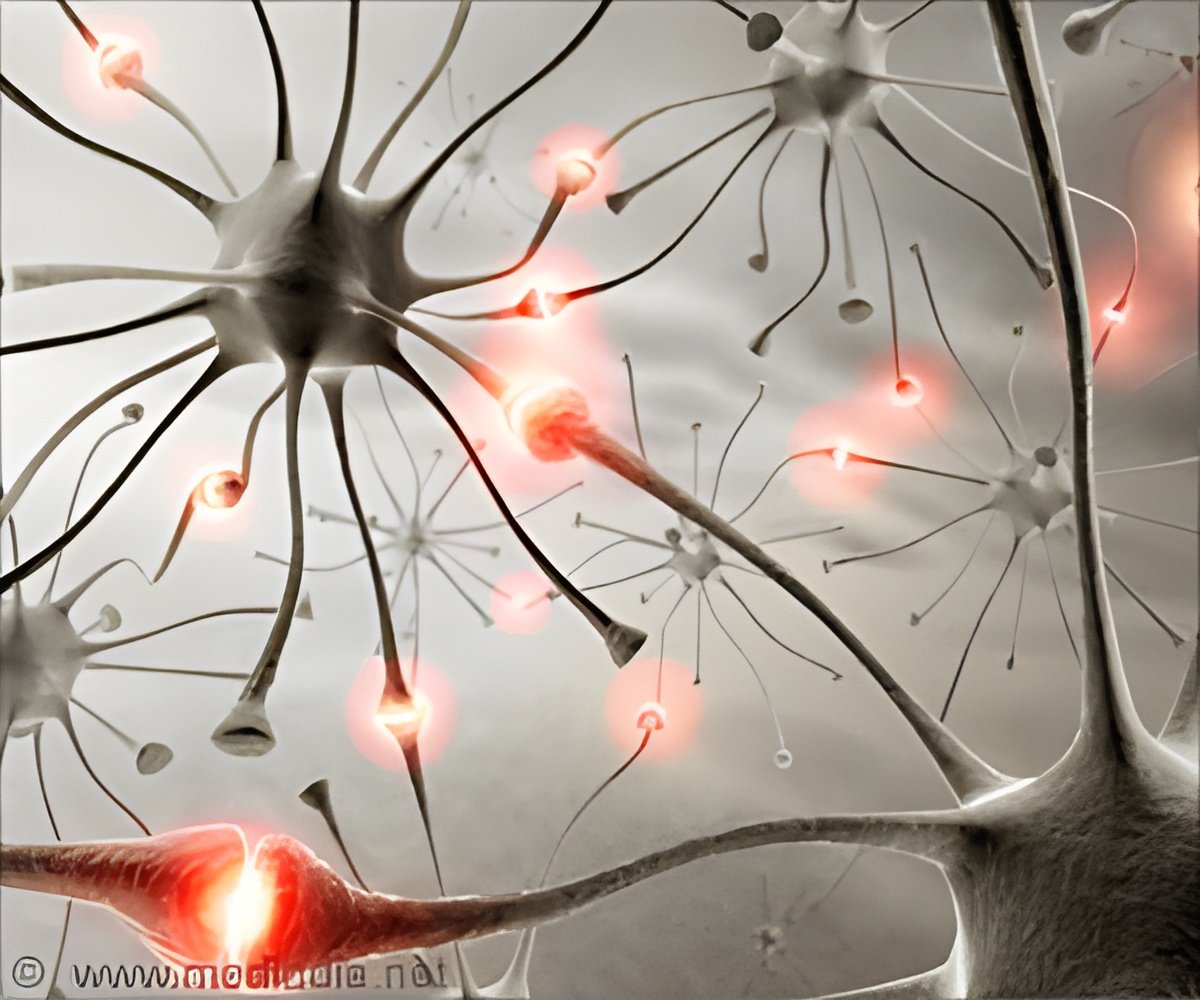Brain comprises of astounding complexity of the billions of nerve cells and trillions of synaptic connections.

The study, published in the journal PLOS Genetics, focuses on the large, intracellular signaling protein RPM-1 that is expressed in the nervous system. TSRI Assistant Professor Brock Grill and his team show the surprising degree to which RPM-1 harnesses sophisticated mechanisms to regulate neuron development.
Specifically, the research sheds light on the role of RPM-1 in the development of axons or nerve fibers—the elongated projections of nerve cells that transmit electrical impulses away from the neuron via synapses. Some axons are quite long; in the sciatic nerve, axons run from the base of the spine to the big toe.
"Collectively, our recent work offers significant evidence that RPM-1 coordinates how long an axon grows with construction of synaptic connections," said Grill. "Understanding how these two developmental processes are coordinated at the molecular level is extremely challenging. We've now made significant progress."
Putting Together the Pieces
The study describes how RPM-1 regulates the activity of a single protein known as DLK-1, a protein that regulates neuron development and plays an essential role in axon regeneration. RPM-1 uses PPM-2, an enzyme that removes a phosphate group from a protein thereby altering its function, in combination with ubiquitin ligase activity to directly inhibit DLK-1.
The Grill lab has also explored other aspects of how RPM-1 regulates neuron development. A related study, also published in PLOS Genetics, shows that RPM-1 functions as a part of a novel pathway to control β-catenin activity—this is the first evidence that RPM-1 works in connection with extracellular signals, such as a family of protein growth factors known as Wnts, and is part of larger signaling networks that regulate development. A paper in the journal Neural Development shows that RPM-1 is localized at both the synapse and the mature axon tip, evidence that RPM-1 is positioned to potentially coordinate the construction of synapses with regulation of axon extension and termination.
Source-Eurekalert
 MEDINDIA
MEDINDIA




 Email
Email




